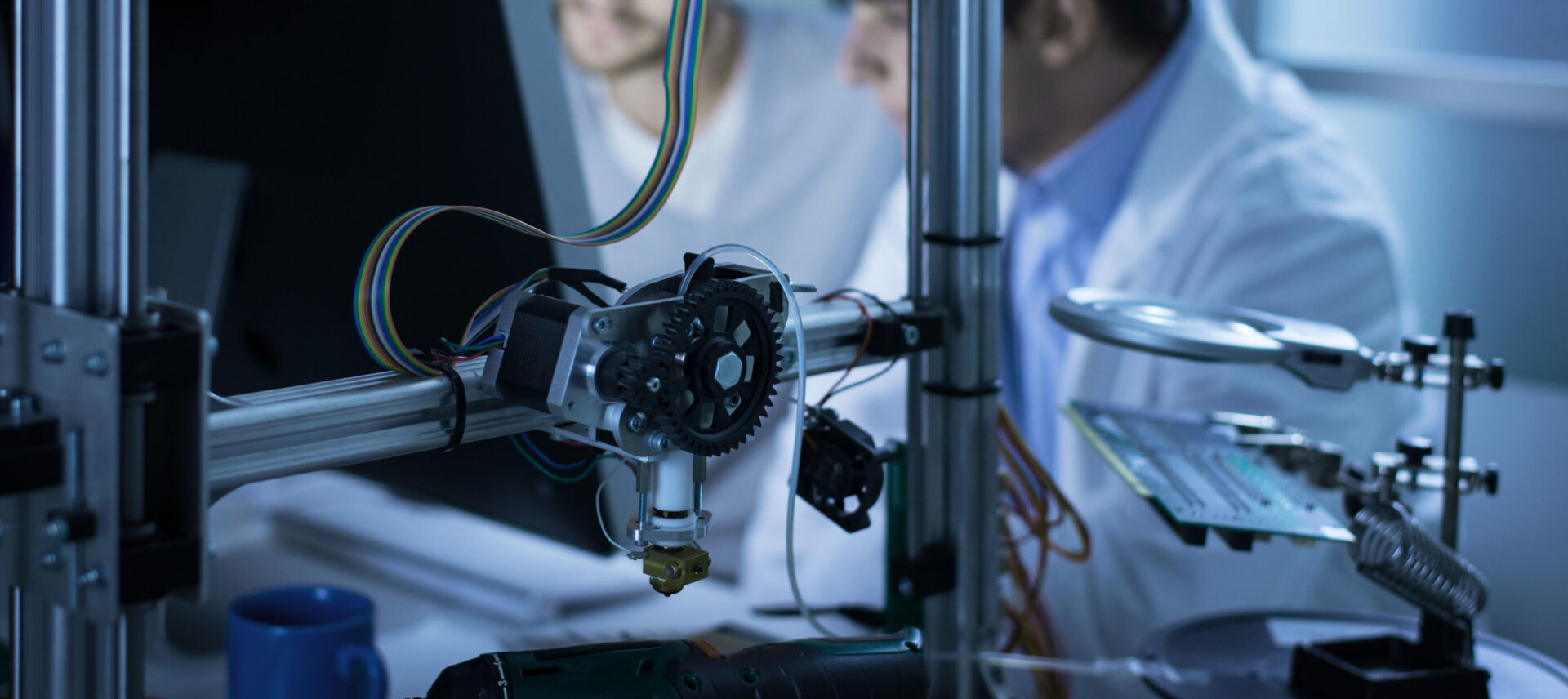
Article
Your Prototype is Not Your Product: How to Test and Validate Your Design
Your prototype is not your final product. Learn how to properly test and validate your design to avoid market flops and damage to your brand’s reputation
When you’re looking at a functional prototype or slick 3D rendering, it’s tempting to think the product development process is over. But in reality, it’s only just begun.
That prototype might look perfect, but unseen problems could be lurking under its beautiful surface. Furthermore, the designers who created the model also happen to have insider knowledge on how it’s supposed to work. They can dial in the fits that are a little bit off or file down rough edges to piece errant parts together. Sometimes they might even jury-rig more of a crude mock-up using materials they have on hand, knowing they’ll finalize it with a permanent solution later. So remember: what you see isn’t necessarily what you’ll get — yet.
Creating prototypes and mockups allow designers to validate design choices and gather important client feedback. But the only way to work out every kink and be sure your product is ready for prime time is to test, test, test.
Yes, testing is expensive. And yes, it slows down your time to market. But it also increases your odds of achieving the ROI you desire. Perhaps even more importantly for your brand’s reputation, it decreases your risk of facing costly issues like product recalls or regulatory violations.
Test Prototypes on the Manufacturing Line to Prepare for Mass Production
Testing is your opportunity to find any hidden gremlins in your design before you ship thousands of products to end users.
Your single functional prototype might appear to work just fine, but playing around with just one isn’t statistically significant. You will need to produce several prototypes to test the various elements of your design against your manufacturing processes.
What does that involve? Well, going to production means every single piece or part needs to fit precisely with every other part. Production workers and/or machines must be able to replicate the assembly process to achieve a correct final product over and over again. And the product needs to hold up not only under normal wear and tear, but in unexpected scenarios as well.
This means your testing process should be rigorous, thorough, and structured around your product’s specifications and use cases.
Look for problems like:
- Unsightly gaps that indicate parts don’t fit together correctly
- Friction that hinders moving parts from operating smoothly
- Parts that break when dropped, bumped, or used in ways the designer did not intend
- Elements that overheat, melt, or otherwise malfunction during use
- Inconsistencies in how assembly workers put the product together
It’s also important to conduct multiple cycles of tests to determine how well the product will last over the course of its lifespan. And of course, you’ll want to replicate the environment in which the product is used. For instance, we’ve developed products that are pushed around on medical carts or handled in the back of a moving ambulance. This testing reveals whether or not those products function the same way in a stationary setting as they do when in motion.
Although manufacturability testing can be costly, it’s much less expensive than producing and shipping out thousands of products only to discover there’s a problem you must correct.
Invest in Usability Testing to See if Your Product Meets Consumer Expectations
Testing a prototype’s capabilities, limitations, and features through the lens of mass production only gives you a glimpse of its ultimate viability. Usability testing gives you a fuller picture of whether or not your product will be appealing to your prospective customers.
You might be able to conduct limited usability testing based on the ways you anticipate your audience will interact with your product. But ideally, you’ll put your prototype into the hands of actual customers and ask for their perspective on how it feels and functions. Their feedback should inform adjustments that will go on to increase your chances of achieving market success.
For example, we once designed a handheld device for a startup launching their first-ever product into an already competitive market. The client loved the prototype and wanted to fast track it for production. But usability testing identified several areas we needed to improve before we could send the product to mass production.
In addition to suggesting cosmetic changes to lights and colors, users made a surprising discovery about the functionality of third-party USB cords. Although the cord in question could be plugged in on either side, users found it wasn’t engaging with the device as expected. We tested multiple solutions before discovering that it wasn’t the cable that actually enabled power to run both ways. It was the circuit the cord was plugged into. This led to redesigning the circuit to make sure any USB cord interacted with the device correctly.
For this start-up, usability testing saved the day and prevented a potential market flop.
Build Required Regulatory Testing into Your Development Timeline
Successfully navigating regulatory testing begins long before you hold a prototype in your hand. Our best advice here is to design your regulated product with the requirements in mind. A skier doesn’t plunge headfirst down a mountain at breakneck speed without first walking the course to know what to expect. In the same way, it’s wise for developers to fully understand all the standards and tests their product must pass to earn certification or approval.
Regulatory bodies are very detailed and specific about the tests they require — but there might be more layers to the approval process than any one person is aware of. That’s why it’s a good idea to invite a cross-functional team with a breadth of knowledge to lay out all the safety, compliance, testing, and regulatory requirements designers need to keep in mind.
For example, will you power your product using a lithium battery? That will require safety testing. Are you designing a wireless device? It will need to pass FCC/IEC testing to show it’s not emitting anything it shouldn’t. Are you developing a medical instrument? You’ll need to be aware of everything from regulatory testing to safety testing to appropriate labeling and certification criteria. Are you required to send your product to an independent testing laboratory? Reach out to ask about their policies and procedures.
When designing highly regulated products, “teaching to the test” makes a whole lot of sense. Understanding what you’re up against from the getgo is key to arriving at a successful final result — and it will help you manage your timeline, too.
Put Your Product Through its Paces to Increase Your Odds of Market Success
We know. You’re eager to increase your speed to market, beat out your competitors, and finally see a return on the investment you’ve put into your design. But if you shortchange the testing process, you might never see the ROI you projected. Instead, you could become responsible for a market flop and considerable damage to your brand reputation. You might even face legal liability.
Your product’s success begins with a remarkable and innovative design. But you must thoroughly validate that design to prove it will withstand mass production, live up to consumer expectations, and pass regulatory testing. Allocate ample time and funding to test your product with the rigor it demands. Fix the problems you discover. And when it’s time to launch your product, you’ll be confident it has the best possible chance for success.
Want to learn more about M3’s innovative yet meticulous design process? We’d love to hear from you.






